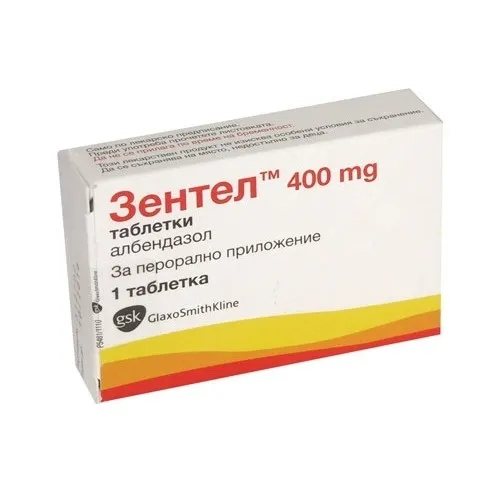Description
Zentel (Albendazole) Tablets 400 mg
Ingredients
- Active ingredient: Albendazole 400 mg
Dosage
- Dosage: The usual dose for adults and children over 2 years old is a single tablet of 400 mg, taken orally with food.
Indications
- Indications: Zentel is indicated for the treatment of various parasitic infections, including neurocysticercosis, giardiasis, and hydatid disease.
Contraindications
- Contraindications: Zentel should not be used in pregnant women, especially during the first trimester, and in patients with known hypersensitivity to albendazole.
Directions
- Directions: Take Zentel as directed by your healthcare provider. It is important to complete the full course of treatment as prescribed.
Scientific Evidence
- Scientific Evidence: Studies have shown the efficacy of albendazole in treating parasitic infections. For example, a study published in the Journal of Infectious Diseases demonstrated the effectiveness of albendazole in the treatment of neurocysticercosis.
Additional Information
- Storage: Store Zentel tablets at room temperature away from moisture and heat.
- Side Effects: Common side effects may include nausea, abdominal pain, and headache. Contact your doctor if you experience severe side effects.
Pharmacological Effects: Albendazole works by inhibiting the uptake of glucose by the parasites, leading to their eventual death. It also disrupts the microtubule structure in the parasites, affecting their motility and survival.
Clinical Trials: Clinical trials have shown that albendazole is effective in the treatment of various parasitic infections with a good safety profile. A randomized controlled trial published in the American Journal of Tropical Medicine and Hygiene demonstrated the efficacy of albendazole in the treatment of giardiasis.





